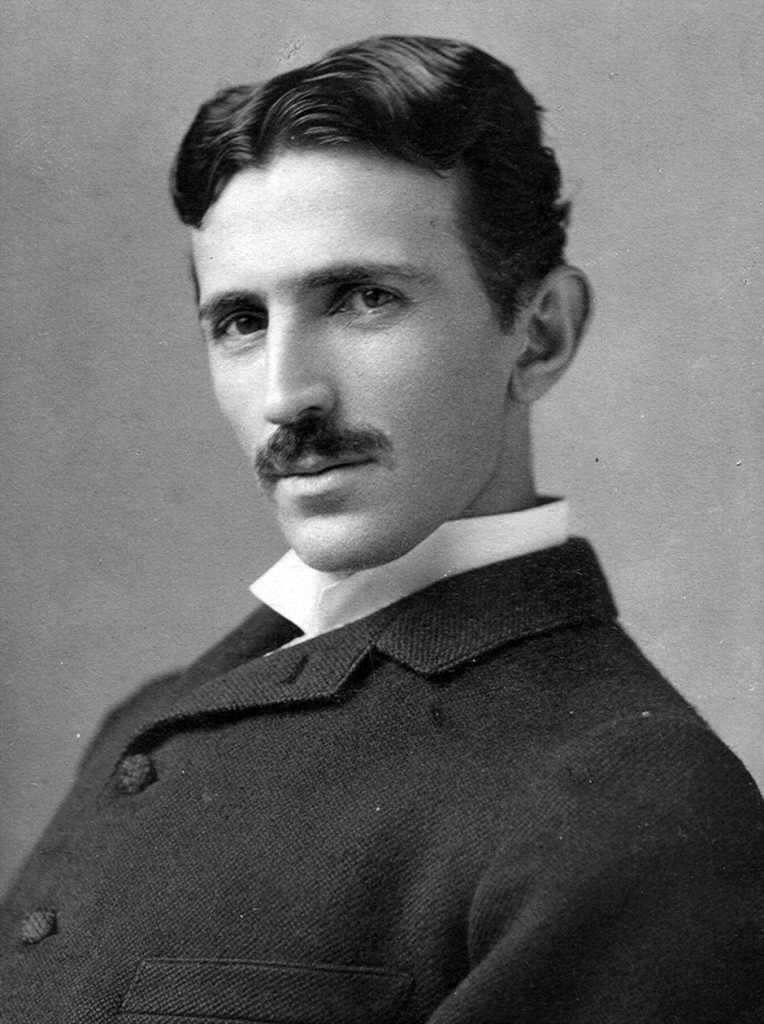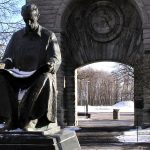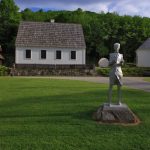It is 25 years since years since the statue of Nikola Tesla was blown up by locals in the town of Gospic, 5km from the village of his birth, where his house was also destroyed. As Croatia celebrates his genius with the Nikola Tesla: Mind from the Future exhibition in Zagreb, will a Nikola Tesla statue ever grace a public square in Gospic again?
Nikola Tesla, the iconic inventor born in the Croatian village of Smiljan in Lika, is nowadays regarded as one of the most groundbreaking scientists in history all over the world. As the international public grows more fascinated with Tesla’s life and work with each passing year, the local community is making immense efforts to honour Tesla and to use this remarkable legacy to build a brand and develop the tourism offer.
Or so one might think. Instead, we remain fixated on one specific facet of Tesla’s person: his nationality. While he was born in Croatia, both his parents were of Serbian origin, his father an Orthodox priest in Smiljan. For decades now, Croats and Serbs have been quarreling over the right to claim Tesla as their own, the heated debate leading to a general sense of confusion in regards to the inventor’s origin. For a simple example, just look at Wikipedia: Tesla’s page in English calls him a Serbian-American inventor, the Croatian version of the article refers to him as a Croatian-American scientist and inventor of Serbian origin, while the Serbian version dubbed him one of the best known Serbian inventors and scientists in the fields of physics, electrical engineering and radio technology.
The sad thing is that Tesla himself wasn’t burdened by this issue as much as we are nowadays. He once referred to himself as proud for having a Serbian ethnicity and a Croatian homeland; if he were alive today, he would probably be disheartened to see his incredible life’s work overshadowed by a pointless debate on nationality.
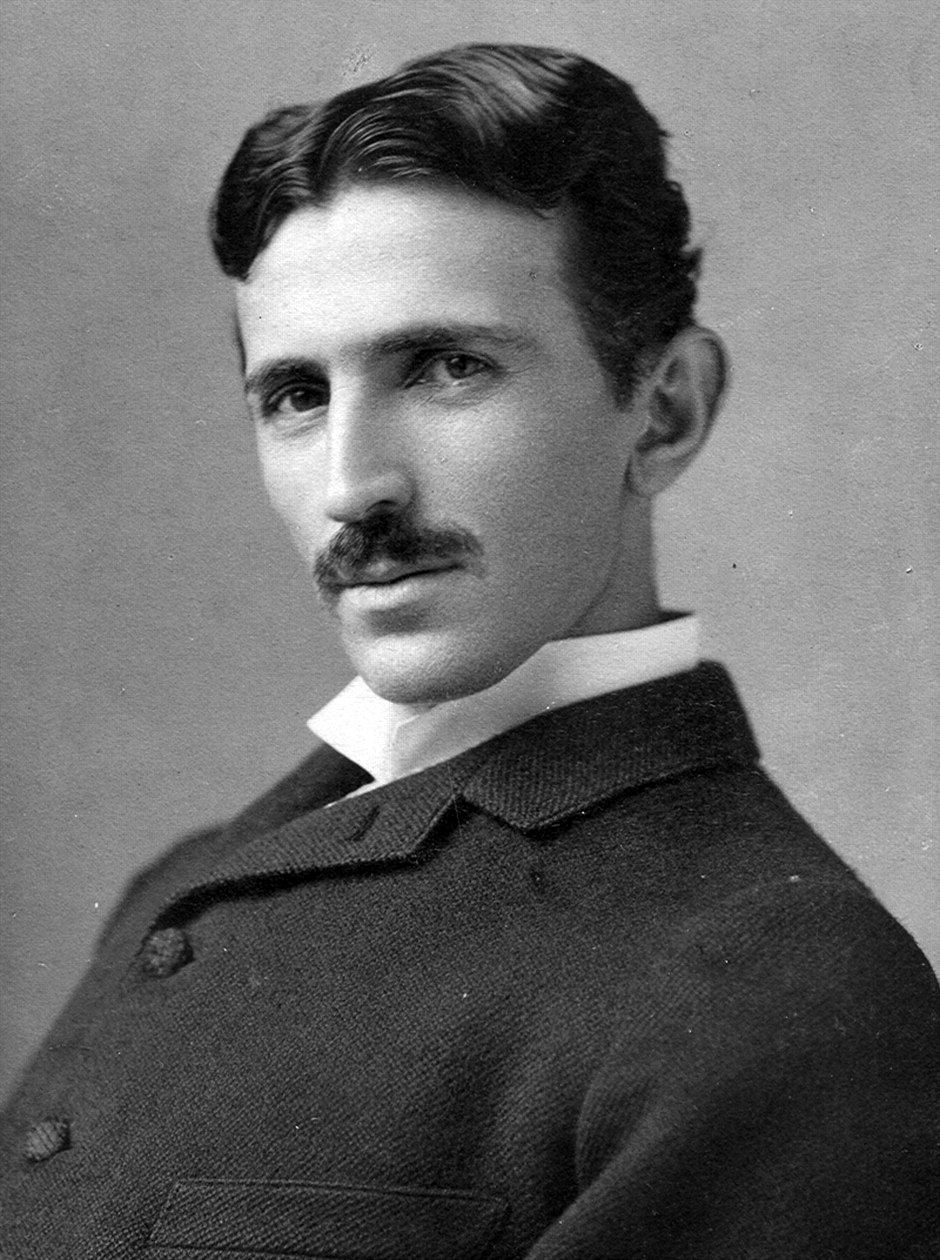
Things are not looking so bad, though, as recent years saw some commendable initiatives in regards to promoting Tesla as a prominent part of our heritage. Many cultural and scientific institutions in Croatia bear his name; Zagreb is currently hosting a major exhibition dedicated to his life and work, and his village of Smiljan is nowadays home to the Nikola Tesla Memorial Center, with his house of birth transformed into a museum and the surrounding estate housing a display of his inventions.
You don’t have to visit Tesla’s hometown to see his striking image cast in bronze. The best-known monument to Tesla is installed in the centre of Zagreb, in a street named after the great inventor. Formerly located in front of the Institute Ruđer Bošković in the Croatian capital, the monument was made in 1956 by the famous Croatian sculptor Ivan Meštrović, a close friend of Tesla.
There are three other well-known statues depicting Tesla scattered all over the world, all made by sculptor Frano Kršinić. The first was installed in front of the Faculty of Electrical Engineering in Belgrade in 1963. An exact copy was presented by Yugoslavia to the US in 1976, finding its home in Niagara Falls. The third copy, made in 1981, was installed on the main square in Gospić, the main town to Tesla’s village of Smiljan, some 5km away..
Monument to Tesla in Belgrade
It’s the last one that’s been a subject of controversy for the last two decades. In 1992, amidst the turmoil brought upon by the Croatian War of Independence, Tesla’s monument in Gospić was blown up along with his childhood home in Smiljan (which was also destroyed in 1941). His ethnicity seems to have been regarded as problematic in an environment where anti-Serbian sentiment was growing stronger with each passing day.
It would make no sense to debate whether the destructive move was justified or not; we can all understand why the collective mindset in communities wounded by war would suddenly shift under the influence of devastating extraordinary circumstances. The more important thing to look to is how the local authorities dealt with this issue in the following two decades and what was done to amend the damage inflicted upon the most famous figure to ever come from Lika.
Nothing much, as it turns out. The subject of Tesla’s monument in Gospić has remained a political issue ever since, with opposed parties tossing the matter back and forth, unwilling to settle on a unanimous decision. While Parliament agreed to proclaim July 10 the official Day of Nikola Tesla, the unfortunate monument is still waiting for a permanent home.
The ravaged statue was taken to the Academy of Fine Arts in Zagreb for renovation, where it was decided to cast a new copy as the original was too heavily damaged. A mold was thus made using the monument in Belgrade as both share the same design, and a new sculpture of Tesla was forged in 2006. A decade later, it remains stored at the academy’s foundry in Kerestinec.
Stjepan Radić Square in Gospić
In the meantime, the main square in Gospić was renamed to Stjepan Radić Square and redesigned to house a fountain named Vila Velebita (Fairy of Velebit). And so the plot thickens: the City Council of Gospić decided Tesla’s monument should return to its former host city, but not to its original location; they see it better that the sculpture be installed in front of the Cultural and Information Centre (KIC).
Leaders of opposed Croatian political parties continued to disagree on the matter. Serb minority leader Milorad Pupovac (SDSS) advocated for the monument to return to the main square in Gospić. “We do not accept the central government’s position that [the monument issue] is a matter of local authorities. It’s a matter of our shared values”, Pupovac said in 2014.
Darko Milinović (HDZ), former Minister of Health who originates from Gospić, claimed that those who insist that the monument should return to the main square are to blame for the matter still not being resolved. “I proposed four locations in Gospić; one in front of KIC, another in front of the trade school and gymnasium, the third in front of the Teacher Training College, and the fourth, which has since been rejected, close to the Orthodox church”, said Milinović, adding the debate shouldn’t focus on the fact the monument was blown up because of Tesla’s Serbian origin.
Nikola Maras (SDP) expressed his disapproval of the entire political debate regarding the monument. “The events of the 1990s led to the destruction of Nikola Tesla’s monument, a shameful act which should have been condemned a long time ago and the monument returned to its former location. Tesla was a citizen of planet Earth, and whoever isn’t aware of that can hardly be helped. Tesla dedicated his life to the common good. He has never run away from his identity, instead breaking the mold with his heart and his knowledge, putting the entire world in his debt”, Maras said, adding the location in front of KIC wasn’t a bad solution, because it was supposed to house a new city library and become the centre of cultural life in Gospić. “However, the bigger problem is the location in Budačka Street not disposing of enough accommodation capacities. Tourists will be visiting the monument, as it will be installed in close proximity to the road”, said Maras, going on to state he considers Tesla’s significance worthy of the original location on Stjepan Radić Square.
Archaeologist Tatjana Kolak of the Lika Museum in Gospić stated she considers KIC an appropriate solution. “The monument shouldn’t be reinstalled at its former location, as the central square in Gospić has undergone certain changes in the meantime and as such doesn’t represent a good location for a monument which used to look overly grandiose [at the square] in the first place”, Kolak said.
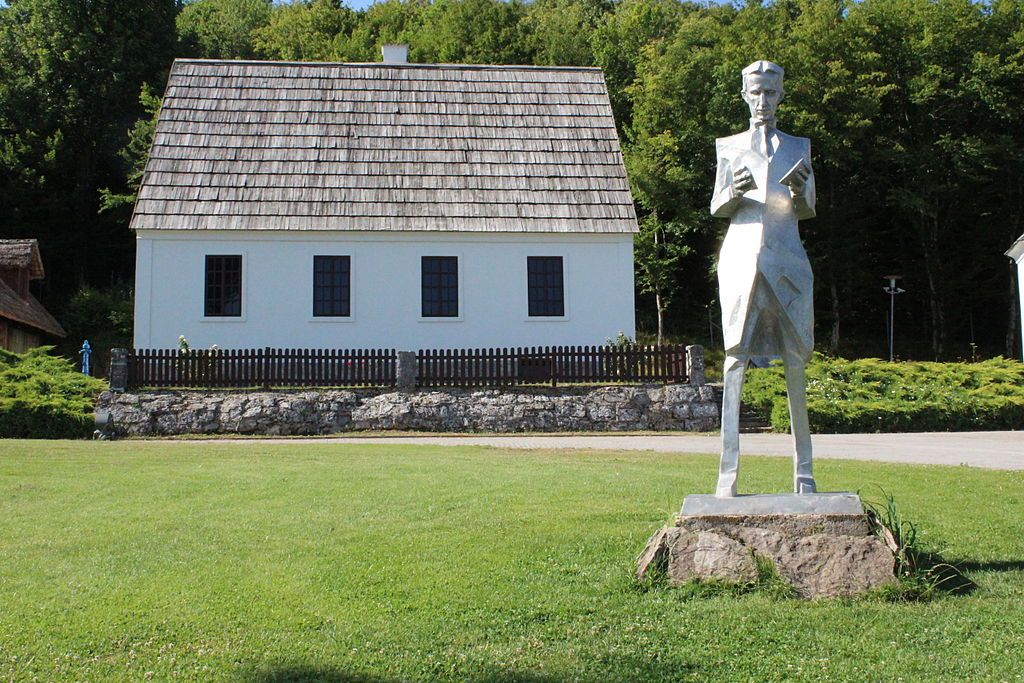
Monument to Tesla in the memorial park in Smiljan
If you asked the residents of Gospić for their opinion, you’d hear both sides of the argument. Some are advocating for Tesla to return to his original location, while others seem to think Gospić is paying enough tribute to the inventor as it is, considering the city has a street and a school named after Tesla, and the nearby village of Smiljan houses the remarkable memorial center.
The replica of Tesla’s monument, made for the 150th anniversary of Tesla’s birth, spent eleven years in storage so far, with no indication as to when it might finally see the light of day in Gospić. If we fail to put an end to this senseless debate in the near future, it might be time to stop claiming Tesla as our own and instead ask ourselves if we’re worthy of his name in the first place.

